10. Humidity and Storage
Wood is highly responsive to changes in climate. Because guitars are predominantly constructed from this natural material, proper storage becomes an extremely important aspect.
To maintain the sound, playability, and overall longevity of your instrument, humidity is the primary factor to consider.
Tonewood, even after being processed, remains hygroscopic, which means it can absorb or release moisture from its surroundings. As a result, its volume and physical characteristics can change with variations in humidity and temperature.
It's no wonder that people say, "Wood works."
For instance, when indoor humidity drops below 40% during the heating season, the wood of a guitar can release moisture into the drier air. Prolonged exposure to such dry conditions increases the risk of substantial damage. In severe cases, the wood can shrink significantly, resulting in cracks in the guitar's body or causing frets to protrude. Guitar builders are well aware of these potential issues.
Excessive humidity is a concern as well. The wood can swell when exposed to high humidity, particularly in tropical regions or if the guitar is stored in humid environments. Maintain the right level of humidity for the best preservation of your guitar is a fine balancing act.
Improper storage, even if it doesn't lead to major disasters like cracks or warping, can still result to subtle warning signs from your guitar. It's crucial to pay attention to these signs and ensure the proper care of your instrument.
These include:
- Subtle changes in sound
- Issues with string action
- Sudden appearance of buzzing noises
- Octave impurities
- Tuning problems
Guitars are often made from various types of wood, ranging from native spruce to exotic species from tropical climates. While spruce wood is relatively soft and delicate, mahogany, for instance, is hard, dense, and robust.
In between, there are many other types of wood with different properties that make them more or less sensitive to climatic changes.
The good news:
The good news is that maintaining a relative humidity between 45% and 60% in the area where your guitar is stored is generally considered safe for the woods.

Ideal humidity
Hygrometer
A hygrometer is a crucial tool for monitoring and controlling humidity levels around your guitar. It comes in various forms, from simple analog pointer instruments to digital devices that display both humidity and temperature, some with memory capabilities. Additionally, there are specialized versions designed for use inside guitar cases, which can even send real-time humidity data to your smartphone through push notifications. This allows you to keep a close eye on the conditions your guitar is exposed to.
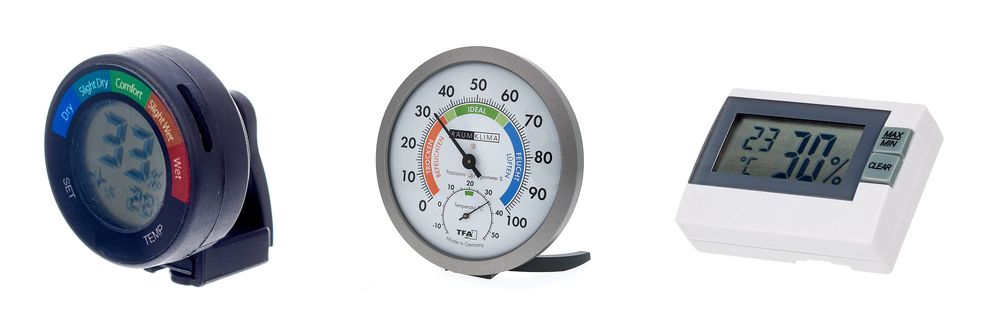
Hygrometers
Humidifiers
Humidifiers play a significant role in maintaining optimal humidity levels, benefiting both musical instruments and the comfort of the people in the room. There are different types of humidifiers available, including evaporators, misting systems, and atomizers, each with its own method of adding moisture to the air. These devices are useful for ensuring that the environment stays within the ideal humidity range.
Evaporators
Evaporators work by boiling water and releasing the resulting steam into the room air. They are known for their efficiency and hygiene because this boiling process kills any germs present in the water. However, they tend to consume relatively high energy, and if not well-placed in cooler environments, they can cause condensation to form and settle on surfaces, potentially leading to moisture-related issues.
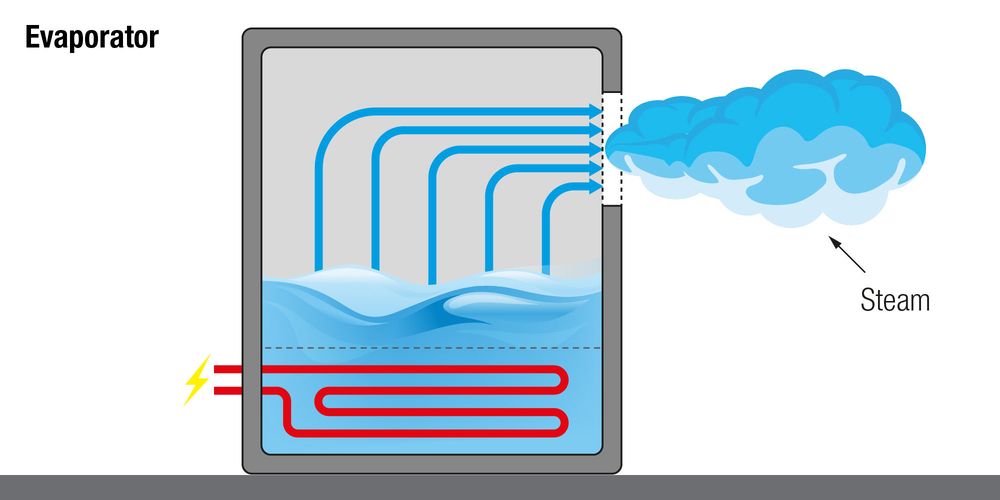
Evaporator
Misting systems
Misting systems distribute water over a large surface, typically filter mats, and then blow air over them. While they don't humidify the air as efficiently as evaporators, they are more energy-efficient, help lower room temperature, and have a natural humidity-regulating effect. However, they do require regular maintenance, including adding disinfectant or sterilizing with UV light to prevent microbial growth.
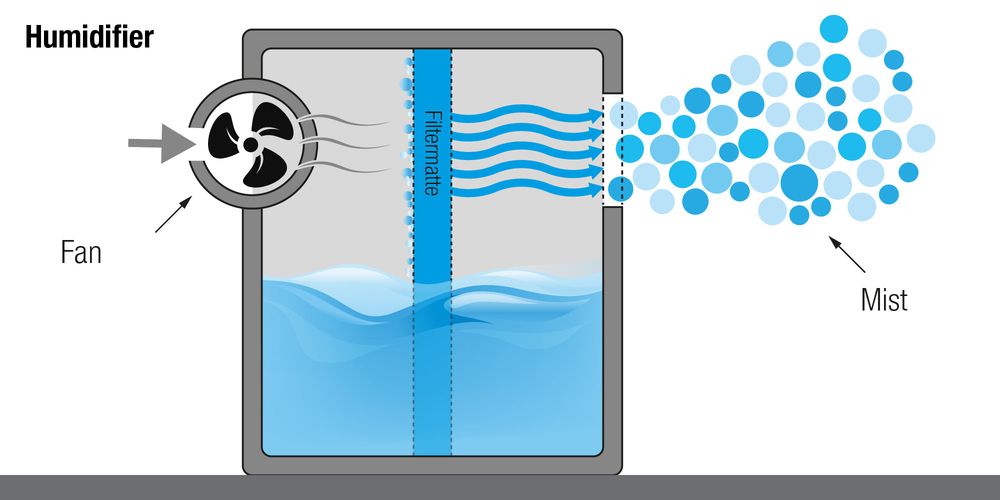
Wick-Based Evaporator
(Ultrasonic) Atomizers
Atomizers use ultrasonic or pressure pumps to spray water into fine droplets, which can then be dispersed into the room by a fan. They are cost-effective, consume relatively low energy, and provide low to medium levels of humidification. However, they can decrease the room's temperature and may lead to condensation and lime deposits around the device. To avoid contamination, regular and thorough cleaning is essential for atomizers.
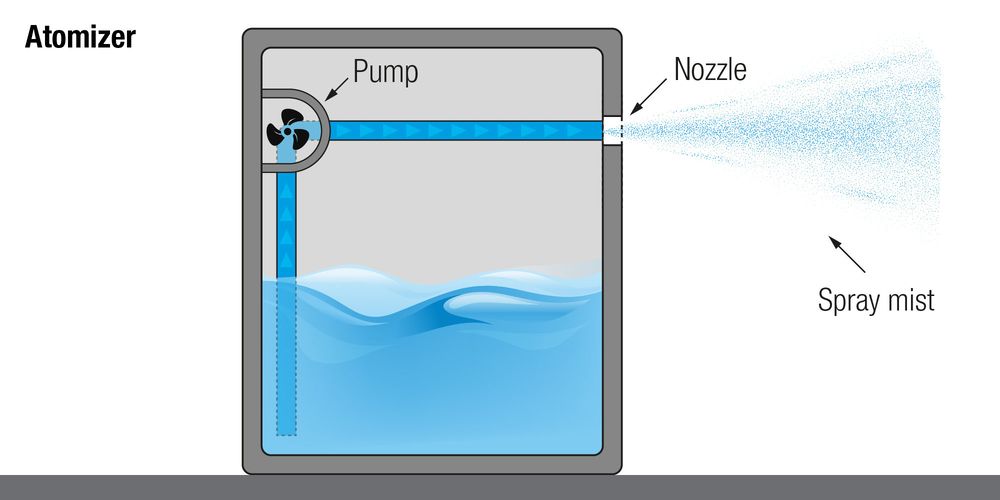
Atomizer
Special Humidifiers for Guitars
Mobile humidifiers, designed specifically for acoustic instruments, are relatively affordable and a smart investment in maintaining your valuable instruments. For example, D'addario offers the PW-HPK-01, a two-part system that not only humidifies but also dehumidifies as needed, ensuring that the humidity level inside your guitar case stays at around 45%. One part of the system is placed in the guitar's soundhole, and the other is installed near the headstock. It can transmit real-time data, including temperature and humidity, to your smartphone via Bluetooth, providing you with warnings when necessary. For operation, you'll need humidifier packs, which typically last 2-4 months once opened. Keeping a supply of these packs ensures your system runs smoothly and helps protect your valuable instrument.
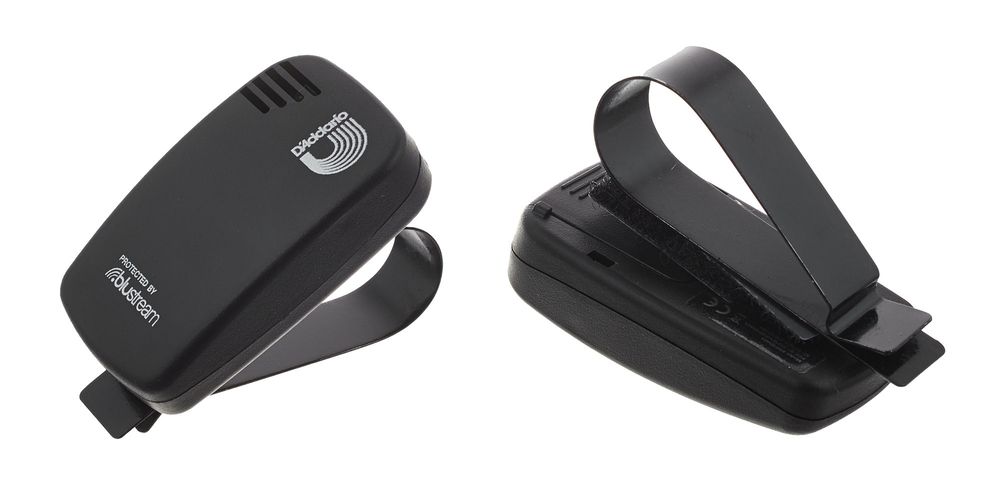
Item Nr. 380310 - D’Addario PW-HTK-01
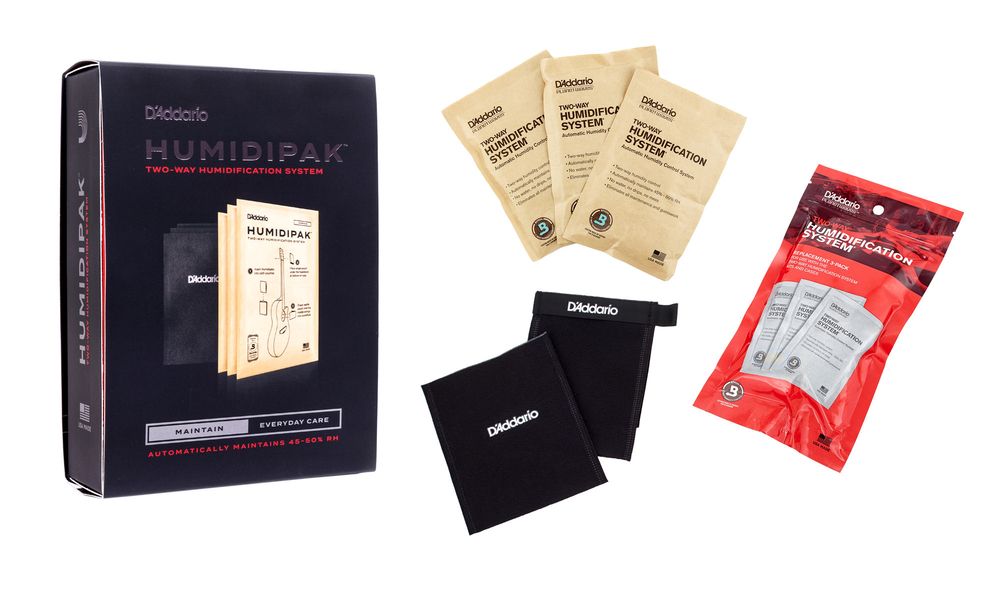
Item Nr. 111454 - D’Addario PW-HPK-01 Humidifier
Some other types of mobile humidifiers can be easily hung inside the guitar's soundhole. These simple devices release moisture through a sponge that needs to be kept moistened at regular intervals. Keep in mind that these devices only add moisture and don't have dehumidifying capabilities, so it's crucial to keep a close eye on the climate inside the guitar case to prevent over-humidification.
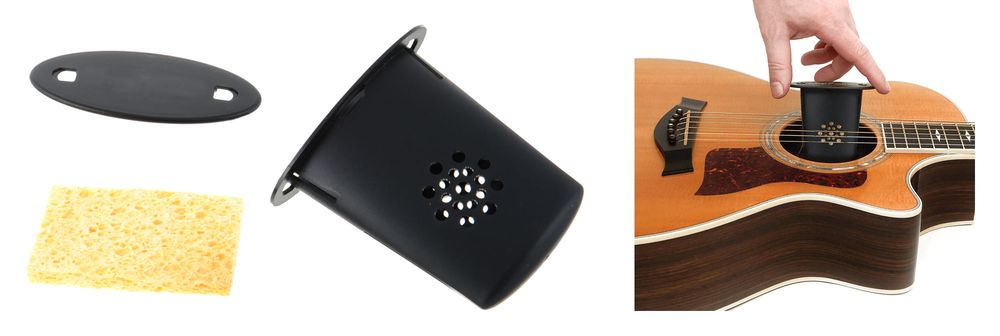
Daddario PW-GH Guitar humidifier









